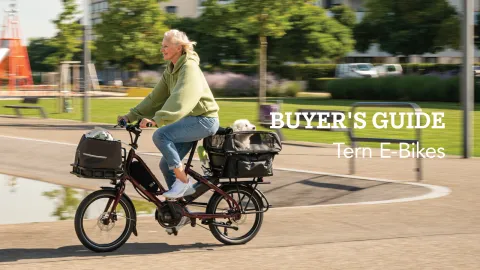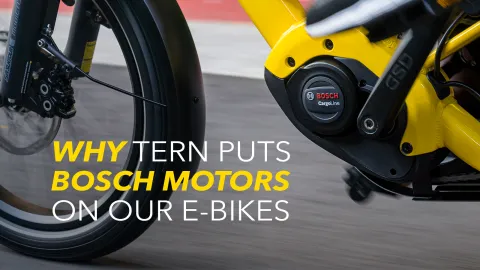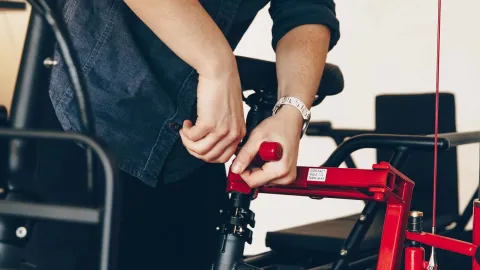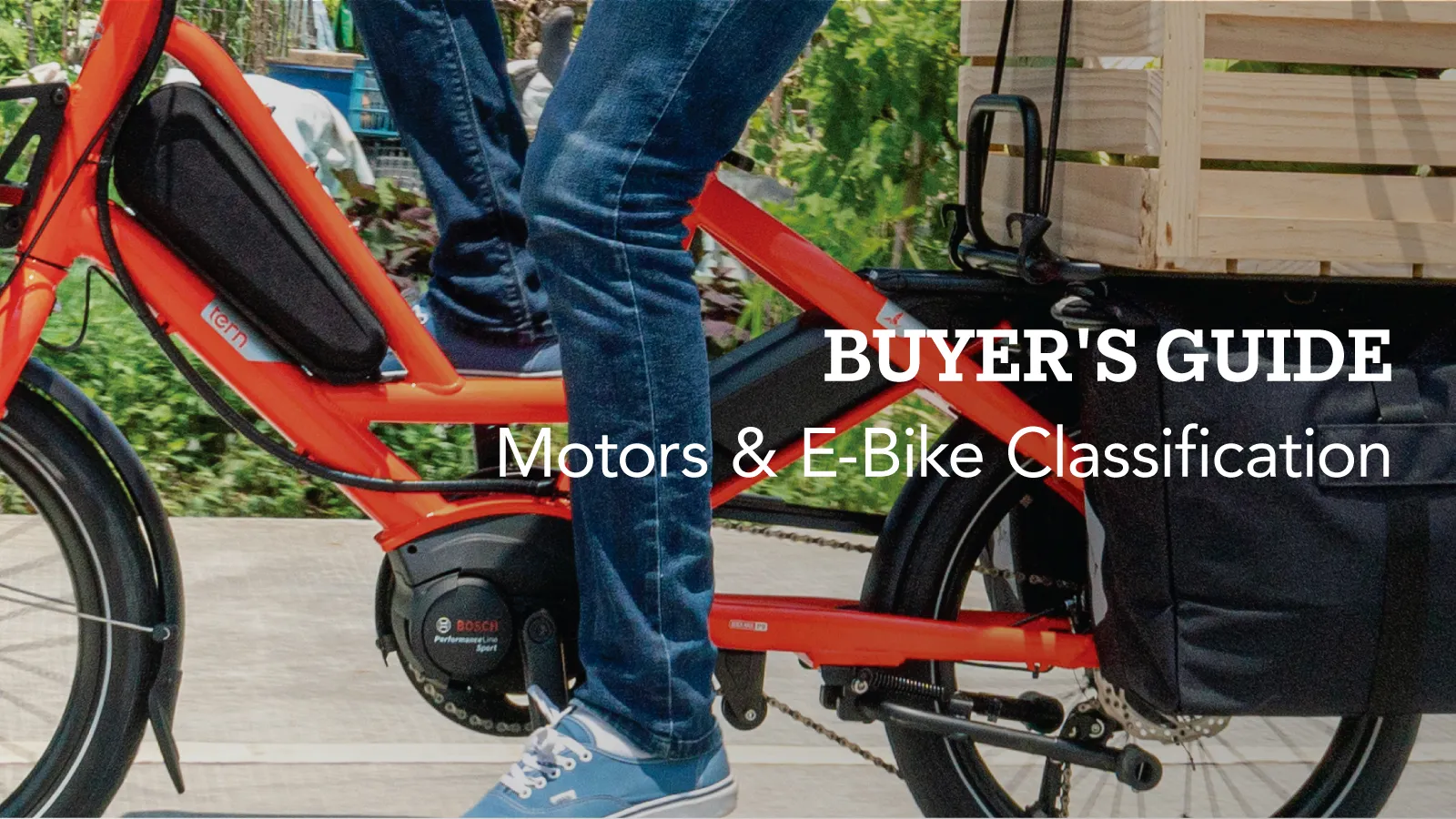
Now that you’ve embarked on a quest to find an electric bike, you may realize that dipping your toe into the ocean of e-bikes can be a little overwhelming. There’s a plethora of e-bikes on the market these days, and they all come with their own features to try and win you (and your wallet) over. Nevertheless, the type of motor to meet your e-biking needs is one of the most fundamental factors that determine which e-bike you end up investing in.
Of course, you knew ahead that all e-bikes have a motor. But what types of motors are there, and what differences does it make where the motor is located? How do you know which one is right for you?
We’ve put together a general introduction on e-bike motors and classification—sans technical jargons and whatchamacallits—to help you with your decision. Read on!
Table of contents
- Different types of assist: e-assist vs. throttle-assist
- Location of the motor on the bike: mid-motor vs. hub motor
- Why a motor manufacturer can make or break your e-bike experience
- E-bike classification—why does it matter?
- Choose your e-bike wisely
Different types of assist: e-assist vs. throttle-assist
As you may have noticed while browsing around for e-bikes, the two most popular types are throttle-assist models and e-assist models.
Throttle-assist models, which typically have a handlebar-mounted twist throttle similar to that of a motorcycle or a thumb-operated throttle lever, provide power on demand to propel the bike when the motor is turned on and don’t require riders to pedal at all.
Meanwhile, e-assist models (also known as pedal-assist, pedal-electric bikes, or simply pedelecs) are those you actually need to pedal. On such e-bikes, the motor only provides power when you are pedaling, and you can control how much power (assistance) you get from the motor depending on how hard or easy you want to pedal.
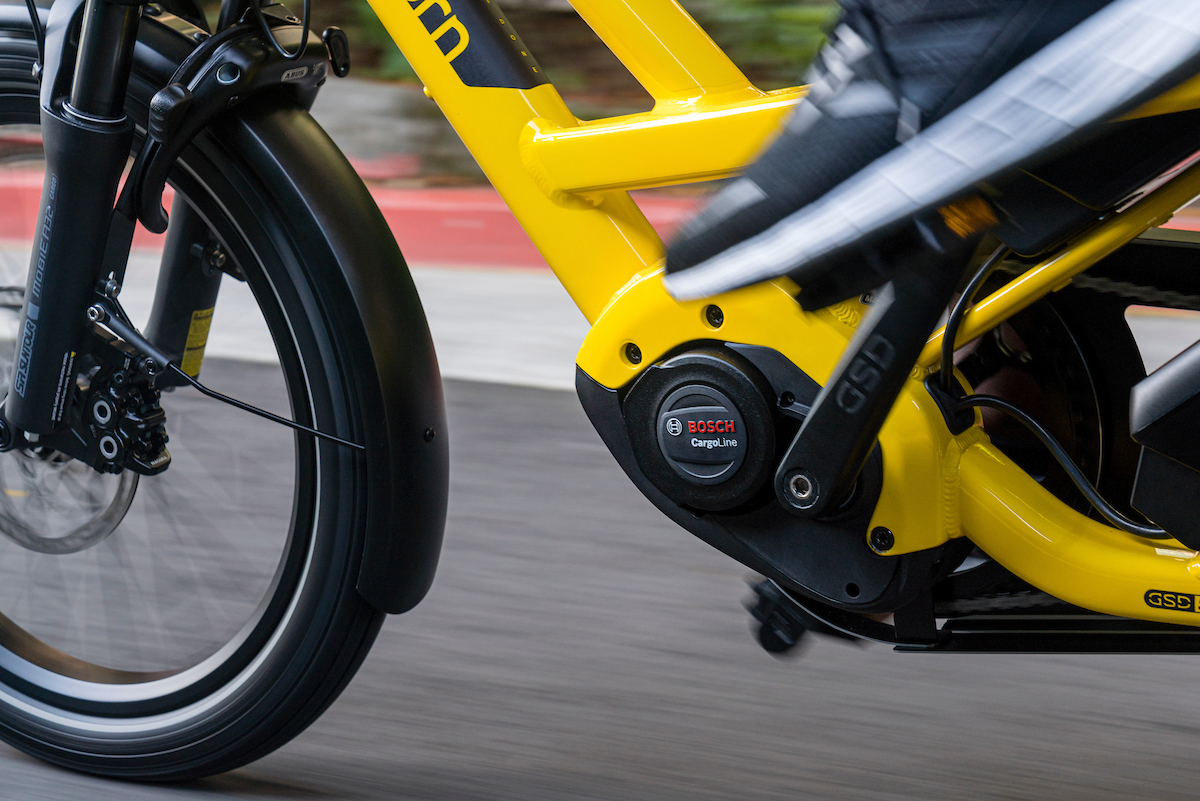
Tern offers pedal-assist e-bikes that come equipped with a Bosch motor (here’s 5 Advantages of Bosch E-Bikes we think you should know). The Bosch motor system amplifies your pedaling power, and offers several different levels of assistance. If you’re in the mood for a good workout, it’s even possible to ride our e-bikes without turning on the e-assist (although we do not recommend doing so for long distances if you have heavy cargo loaded).
In general, both types of e-bikes allow you to tackle that giant hill you previously had to avoid on a traditional bike, as well as reach further destinations, all without over-exerting yourself. They are better for the environment and help you save money in the long run compared to car ownership, among other merits (see our 5 Reasons to Ditch Your Car for an E-Bike). However, you may want to consider an e-assist model over a throttle one if:
- You are used to riding a traditional bike and prefer a more intuitive riding experience.
- You want an e-bike that actually encourages pedaling to improve physical health.
- You want to get more mileage out of your e-bike (with the presence of pedaling power, an e-assist model can cover a greater distance than a throttle model, assuming that the motor and battery size are the same on both bikes).
- Your local electric bike law does not permit the use of throttle in e-bikes. More on this later.
Location of the motor on the bike: mid-motor vs. hub motor
Another part of the equation determining the type of motor an electric bike has is the location of the motor on the bike, otherwise known as “drive”. This is divided into two main categories: hub-drive (hub motor) and mid-drive (mid-motor).
A hub-drive motor is positioned within the front or rear wheel hub of an e-bike and transmits power directly to the wheel. This type of motor operates separately from the bike’s drivetrain (a series of components that work together to allow your bike to shift gears), and is unaffected by any gear-shifting by the rider. Think of it as the front-wheel-drive or rear-wheel-drive of a car.
A mid-drive motor, on the other hand, is located in the middle of an e-bike in the pedal area and requires a special frame design to accommodate it. Instead of transmitting power to the wheels, the mid-drive motor supplies power to the drivetrain. How much power it supplies depends on how hard and fast you are pedaling, as well as the level of assistance you have chosen.
This difference in motor positioning will have a big impact on how it feels to ride the e-bike. For example, riding an e-bike equipped with a front hub motor will feel like your bike is pulled forward. As such, some riders may find maneuvering e-bikes with front hub motors to be less natural. Factor in the additional weight of the motor at the front wheel, which may create issues for steering, and the e-bike may become even harder to control for some less experienced riders.
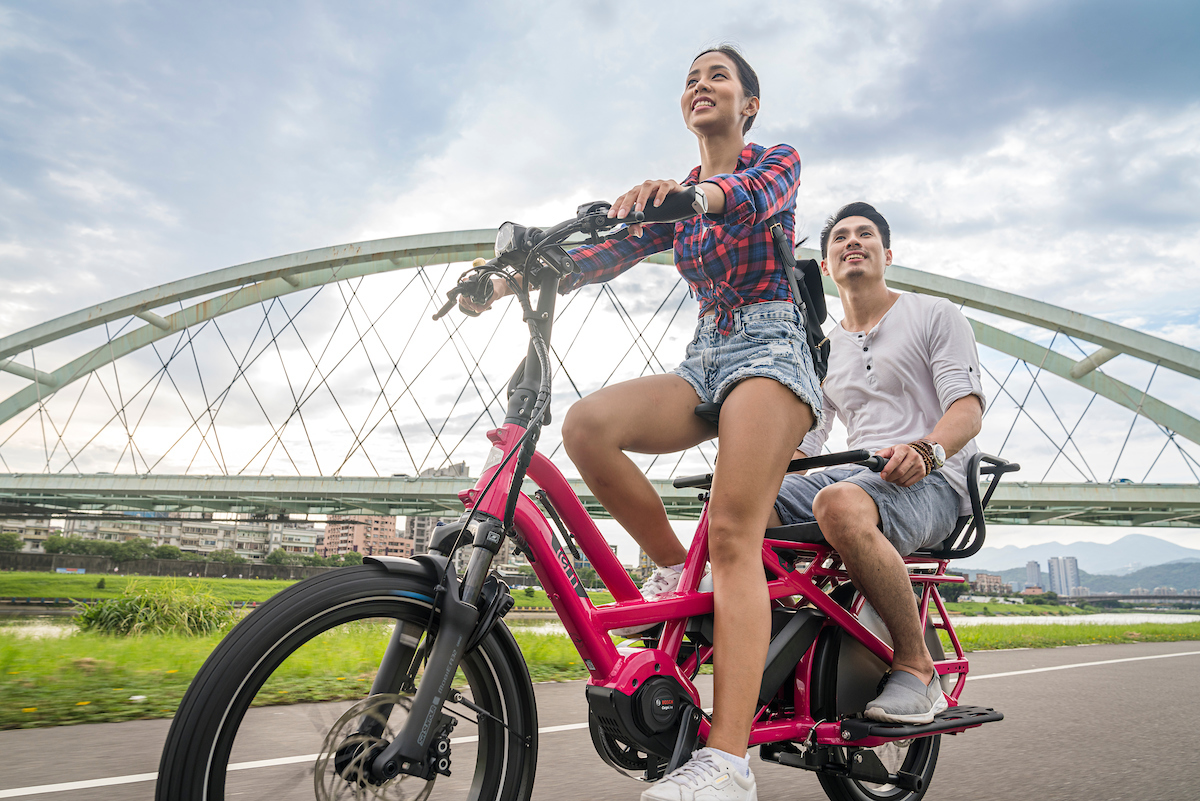
With a mid-drive motor, the low placement of the motor between the pedals ensures a low and central center of gravity, making it easier for riders to find their balance. As the motor’s weight is more evenly distributed, riders won’t notice the additional weight and the e-bike rides more like a traditional bike.
Another difference that a rider will surely notice after taking a longer spin on both types of e-bikes is the smoother performance of the mid-drive motor compared to hub-drive motor. High-end mid-drive motors are equipped with more sensors to accurately measure information such as the rider’s pedaling power, cadence, and speed. This information is used by the motor system to provide optimized response for the rider. That means quicker assistance when you need the extra boost of power.
The mid-drive motor is also able to work synergistically with the bike’s existing gears for higher efficiency, which ultimately translates to greater mileage per charge. Like a car engine, e-bike motors should ideally spin fast, not slow. Think of it this way: as you approach a hill, you would typically shift down gears to make it easier to pedal. Likewise, the mid-drive motor between your pedals benefits from this gear shift as it is able to turn the crankset easier and continue spinning adequately. In comparison, a hub-drive motor driving the front or rear wheel up a hill will spin slower, and will have to work harder to provide the same hill-tackling power.
Why a motor manufacturer can make or break your e-bike experience
Now that you have a better idea of the different types of e-bike motors, it’s time to discuss why manufacturers matter for motors. The motor system is the most essential part of your e-bike—without it, there is no “e” in e-bike. And chances are, you want your e-bike to last.
To make sure your e-bike sticks around for the long haul, it’s important to choose an e-bike equipped with a high-quality motor from a reputable maker. For Tern, this means equipping our e-bikes with motors from Bosch (we’ll tell you why here).
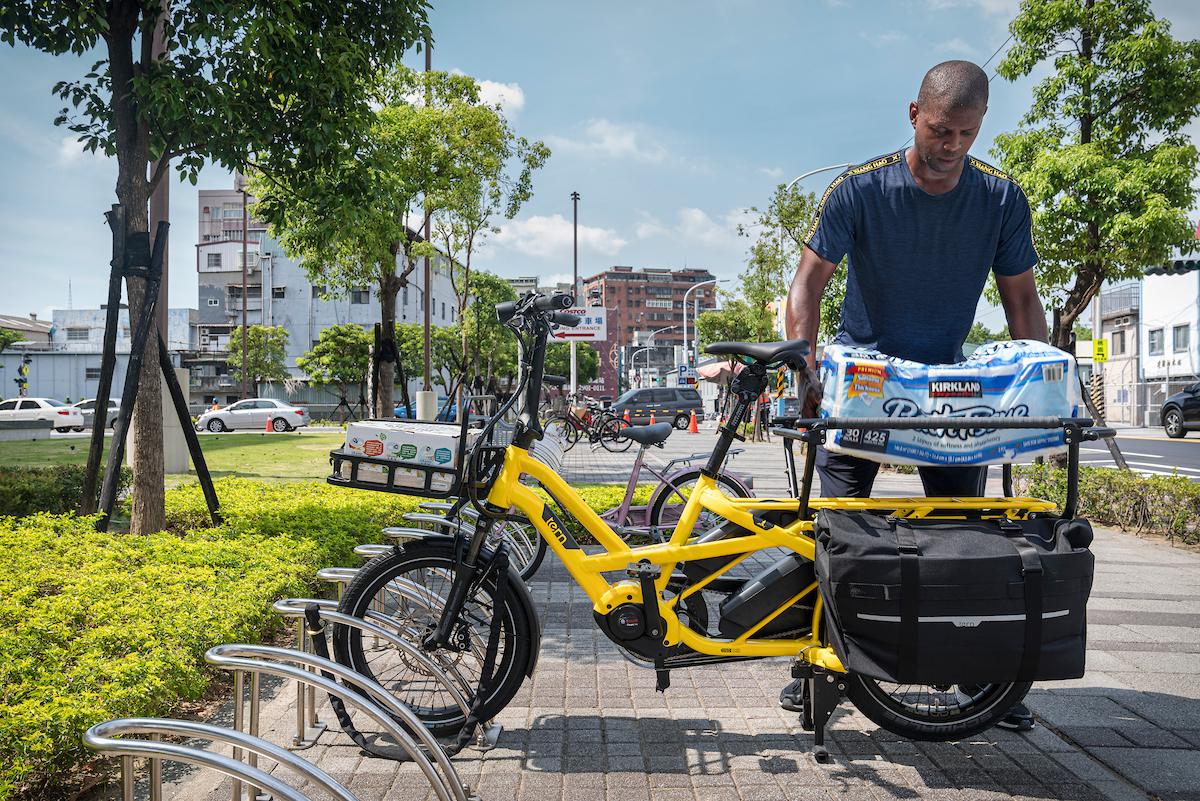
Reputable motor manufacturers have stringent tests and quality control measures in place to ensure the motor systems they make live up to their high standards for performance, safety, and reliability. And just in case that’s not enough, these manufacturers often go the extra mile to obtain third-party certification for added assurance. On the contrary, cheaper motors from no-name brands often cut corners by skipping third-party testing and using lower quality components that break more easily, turning your e-bike into a constant drag that needs repairing.
While there are many e-bike motor manufacturers out there, only a handful of them make complete e-bike systems—that is, the motor, battery, and display are all supplied by the same manufacturer. Bosch, for example, designs its e-bike system as a single integrated system in which all components work together seamlessly. And because the entire Bosch e-bike system is based on this single-system approach, Bosch is able to provide efficient dealer training and customer service. The manufacturer also aims to keep spare parts (of which batteries are the most important) available in its inventory for at least 6 years even after a product has been officially discontinued. That way, should any issues arise down the road, e-bike owners will be able to quickly get parts replaced and get back riding in no time.
Meanwhile, most other manufacturers supply the motor and display, but not the battery. Buying an e-bike with a motor system pieced together using components supplied by different manufacturers raises an important but often-overlooked question: what happens when a manufacturer stops supplying a critical component, such as the battery?
Unfortunately, there may be little you can do in a situation such as this. If the battery supplier no longer wants to supply a battery, the rider will not be able to obtain a replacement battery from an authorized channel if they need one. They may be left with no choice but to scour the Internet for a seller with a spare battery, and hope for the best. Certainly, this is not the e-bike experience anyone wishes to have!
And there’s more. Reputable manufacturers invest substantial resources in building and maintaining an extensive service network to provide customers with reliable service. This includes comprehensive, up-to-date training for authorized e-bike dealers and service centers near you, in addition to ensuring the supply of spare parts. So in time, when your well-used e-bike motor system needs some work done or a replacement battery, you won’t have to worry about getting the help you need.
E-bike classification—why does it matter?
E-bikes are subject to varying laws and regulations depending on where you live. Some governments view e-bikes as motorized vehicles, while others treat them more like human-powered bicycles for exercise purposes. And to add to confusion, e-bike regulations are constantly evolving to catch up to e-bike advancements and urban mobility needs.
Despite all the differences surrounding rules governing e-bikes, there are key similarities to focus on that may help you understand e-bike classification better:
- An e-bike is generally defined as a vehicle with two or more wheels, fully operable pedals, and a motorized assistance system.
- Classification of e-bikes depends on how fast they can go, and how powerful their motors are.
For example, e-bike laws in the UK and EU state that for e-bikes to be classified as a normal pedal bike and allowable on most cycling infrastructures opened to normal pedal bikes, the maximum power output of the e-bike’s electric motor is 250 watts, and this motor should not be able to propel the bike when it is traveling at more than 25 kph (15.5 mph). In Canada, you’ll find that the maximum power output for the motor is limited to 500 watts, while the maximum speed of the bike is set at 32 kph (20 mph). In Australia, the maximum power output of an electric motor should not exceed 250 watts, with the speed of the e-bike capped at 25 kph (15.5 mph).
In addition, whether or not throttle is present may also affect the classification of e-bikes. For example, the 3 Class System adopted by most of the US states provides the following definitions:
- Class 1: E-bikes that are pedal-assisted only, with no throttle, and have a maximum assisted speed of 20 mph (32 kph).
- Class 2: E-bikes that have a maximum assisted speed of 20 mph (32 kph), but are throttle-assisted.
- Class 3: E-bikes that are pedal-assist only, with no throttle, and have a maximum assisted speed of 28 mph (45 kph).
Tern offers Class 1 and Class 3 e-bikes in the US. To find specific information on the e-bike law adopted by your state, check out this handy guide compiled by our friends at PeopleForBikes.
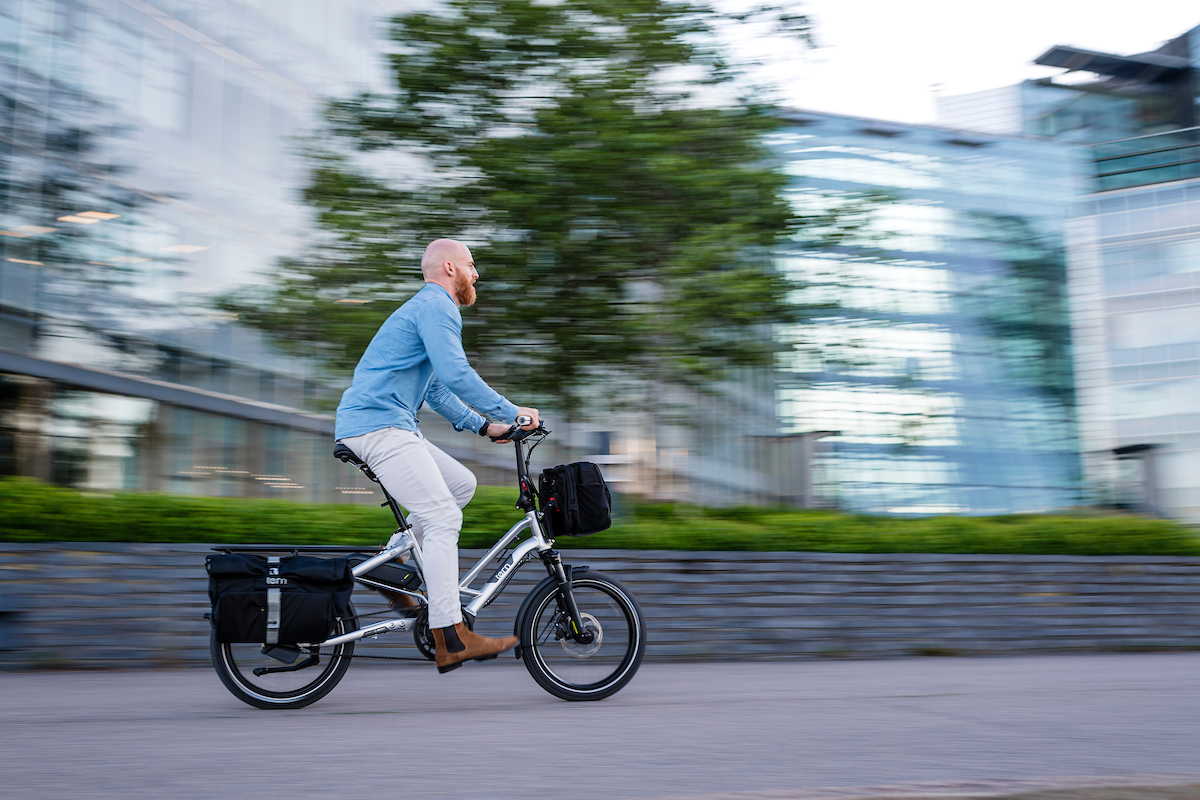
To comply with local regulations, your e-bike’s motor is programmed to stop supplying power after the e-bike reaches the speed limit. Your e-bike can still surpass the speed limit if you pedal hard enough or coast down a steep hill, but the motor will not be contributing to this. After your e-bike’s speed falls below the speed limit, the motor will be able to supply power once again.
E-bikes are great fun to ride, improve physical and mental health, and are viable alternatives to reduce greenhouse gasses, but none of these reasons will help you dodge a fine if you find yourself on the wrong side of the law. It is best to check your local government’s laws and regulations on e-bikes to ensure that you won’t be breaking any laws by owning or riding an e-bike.
Other things to check with your local government include whether or not the law requires e-bike riders to wear a helmet, the legal age for operating an e-bike, licensing, registration, and insurance requirements for different types of e-bikes, and the types of infrastructures opened to e-bikes. Sounds like a lot to cover, but you’ll ride lighter knowing you did it!
Choose your e-bike wisely
Thanks to the boost provided by a motor, e-bikes offer a practical, sustainable, and enjoyable means of transportation for people of all fitness levels. Just look at the smiles on the faces of those who ride one! But before you invest your hard-earned money in an e-bike, it is important to get the facts straight so you can feel confident in your decision.
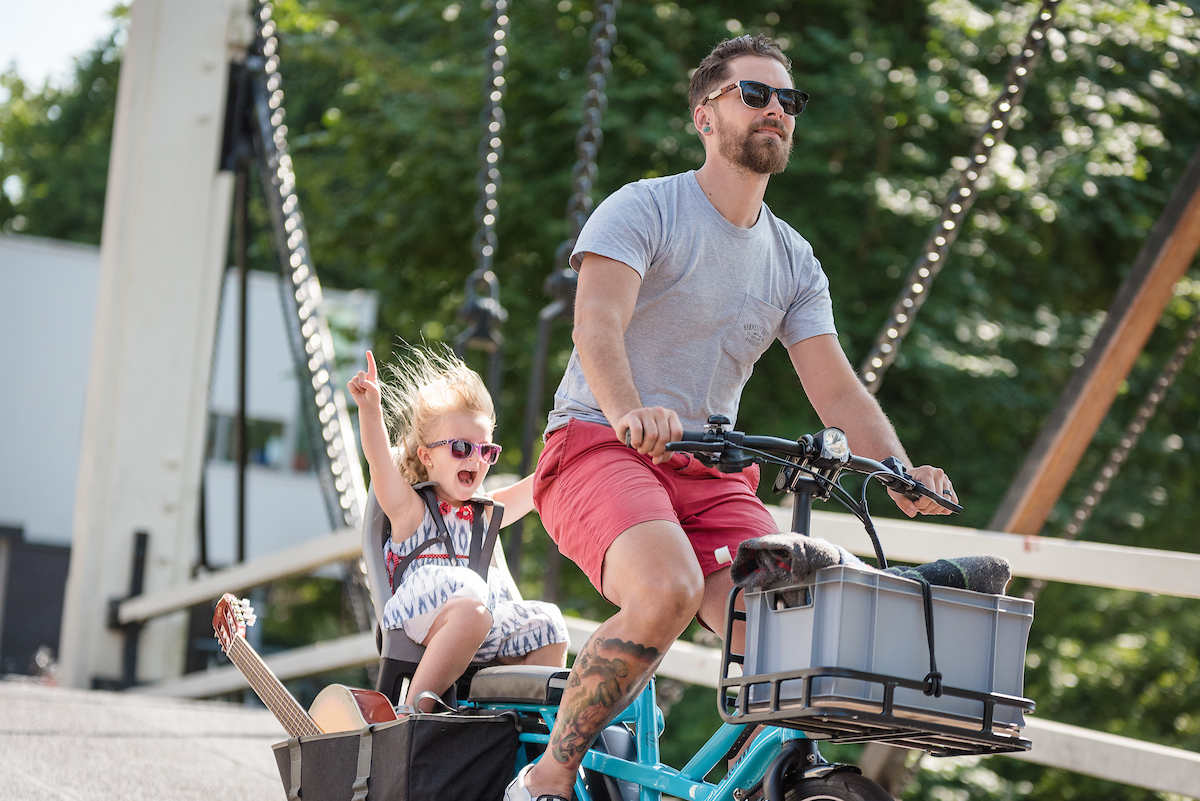
And, just as important is choosing an e-bike that has been tested and certified for safety. At Tern, our bikes are put through rigorous in-house and third-party testing to ensure they can safely carry riders and their precious cargo on a daily basis. Interested? Check out the guide we’ve put together on our e-bike models. You may very well find just what you’re looking for!
Find the right e-bike, and you may never look back. Happy e-bike shopping!
